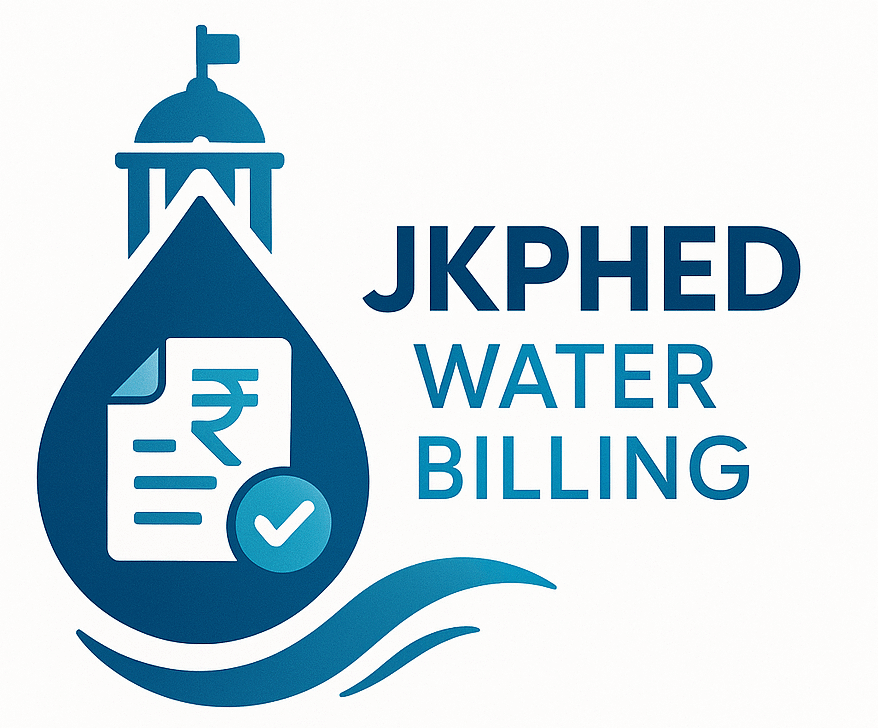As India faces a growing water crisis, we can learn from countries that have developed excellent water management models despite limited water resources. Israel is a role model for water management and water technology in the world. This water-scarce country has tackled the water crisis through sustainable, effective and technological innovations. In this article, we will discuss in detail the important lessons that India and Indians can learn from Israel’s water management systems.
1. Effective use and conservation of water
Water conservation is a culture in Israel. Every individual and industry here understands the importance of water and has adopted strict rules to save it. Rationing, metering systems and pricing at multiple levels in water distribution ensure that water is used judiciously. Water has been saved, especially in the agricultural sector, by adopting techniques like drip irrigation, which has significantly reduced water consumption.
It is extremely important for India to prioritize water conservation in public life and industries. As India faces a growing population and water crisis, the government should promote metering, rationing and drip irrigation in the agricultural sector to prevent water wastage and also increase agricultural production.
2. Seawater purification (Desalination) technology
Israel has invested heavily in the field of seawater purification. Reverse osmosis (RO) plants located along the Mediterranean Sea supply about 70% of the country’s drinking water. The Sorek plant is one of the world’s largest and most advanced desalination plants, capable of converting seawater into freshwater at low cost.
India also has vast coastal areas, where seawater can be converted into drinking water using this technology. However, keeping in mind its environmental impacts, India will have to adopt cost-efficient and environmentally friendly desalination technologies.
3. Reuse and recycling of wastewater
Israel has played a leading role in wastewater recycling. Here, about 85% of the wastewater is processed and reused for agricultural and industrial use. State-of-the-art treatment plants make this water of high quality, which reduces the demand for fresh water.
In India too, it is important to promote wastewater recycling in urban and industrial areas. Especially water-intensive industries like the textile industry should be encouraged to reuse water. Along with this, decentralized sewage treatment plants (STP) should be installed in rural and suburban areas to make recycling easier.
4. Drip irrigation and precision agriculture
In Israel, drip irrigation has revolutionized agriculture in water-scarce areas. This technology delivers water directly to the roots of plants, reducing evaporation and water runoff. Also, with the help of precision agriculture through GPS, sensors and automated systems, water, fertilizers and pesticides are used as little as possible.
In India too, drip irrigation should be widely promoted in water-stressed states like Rajasthan, Maharashtra, and Andhra Pradesh. The government should provide subsidies and training programs to farmers to adopt this technology so that both water savings and agricultural production can be increased.
5. Water Management and Governance
Israel has strong government policies for water management, under which efficient use and equitable distribution of water are ensured. The Israel Water Authority (IWA) monitors the entire water supply system, which includes all processes from water harvesting to wastewater treatment. Long-term planning is done through national and regional coordination.
In India too, it is necessary to create a centralized water authority, which coordinates state-level water management policies. Local water management bodies need to be strengthened and better coordination with national agencies is required to ensure coordinated management of surface water, groundwater and wastewater.
6. Improved water storage and rainwater harvesting
Israel has developed large-scale water storage systems such as reservoirs and artificial underground aquifers that supply water during droughts. Also, rainwater harvesting techniques have been implemented, especially in dry areas.
Rainwater harvesting needs to be adopted more widely in India. Awareness needs to be raised and government schemes need to be strengthened in both rural and urban areas. Also, investments in water storage structures such as ponds, check dams and reservoirs can reduce water shortages to a great extent during droughts.
7. Public awareness and education
Public awareness towards water conservation and environmental responsibility is very high in Israel. People are educated to reduce domestic water use and support sustainable water policies.
In India too, extensive public awareness campaigns should be launched that promote water conservation in both urban and rural areas. A culture of water conservation can be developed through education programs at schools and community centers. Involving local communities in water management decisions increases the likelihood of sustainable water use.
8. Research and Development (R&D) in Water Technology
Israel has invested heavily in water technology, particularly in wastewater treatment, desalination and water conservation systems. There are several leading water technology startups working to develop new technologies in the field of water management. They should be completely filled.
Reuse the water left after washing utensils for watering plants or for outdoor cleaning.
These habits have been learned from our ancestors and can play an effective role in water conservation even today.
Conclusion
Most of the Indian population lives in rural areas where agriculture is the backbone of the economy. Therefore, the availability and conservation of freshwater is a key issue for agriculture and rural life. These traditional water conservation methods not only protect the environment but also provide concrete solutions to tackle the water crisis.
The wisdom of our ancestors continues to guide us even today for water conservation. If we adopt these traditional methods, as well as upgrade them with modern technologies, we can move towards a sustainable, safe and water-rich future. Saving water is saving lives – and it is the responsibility of all of us.

